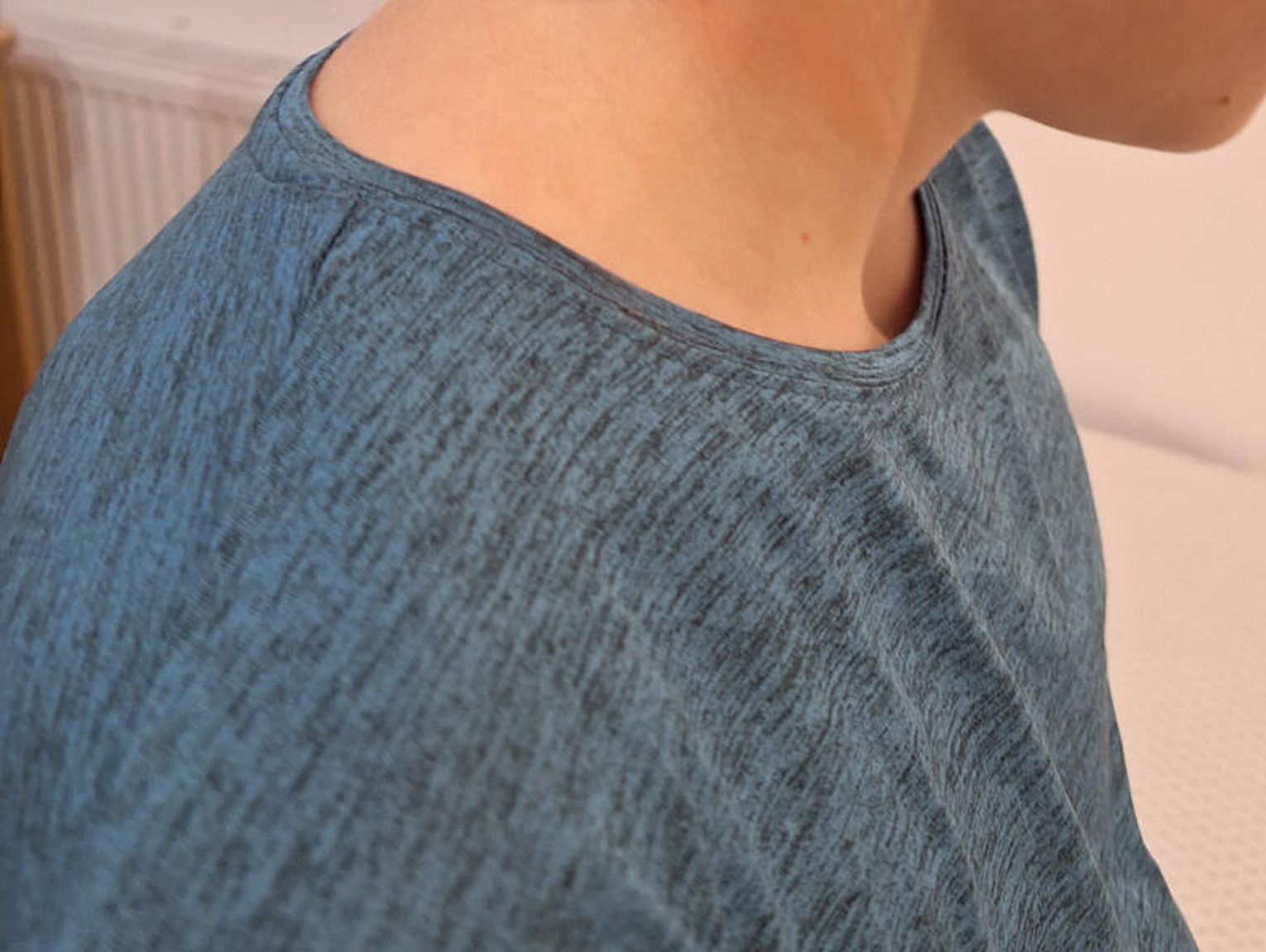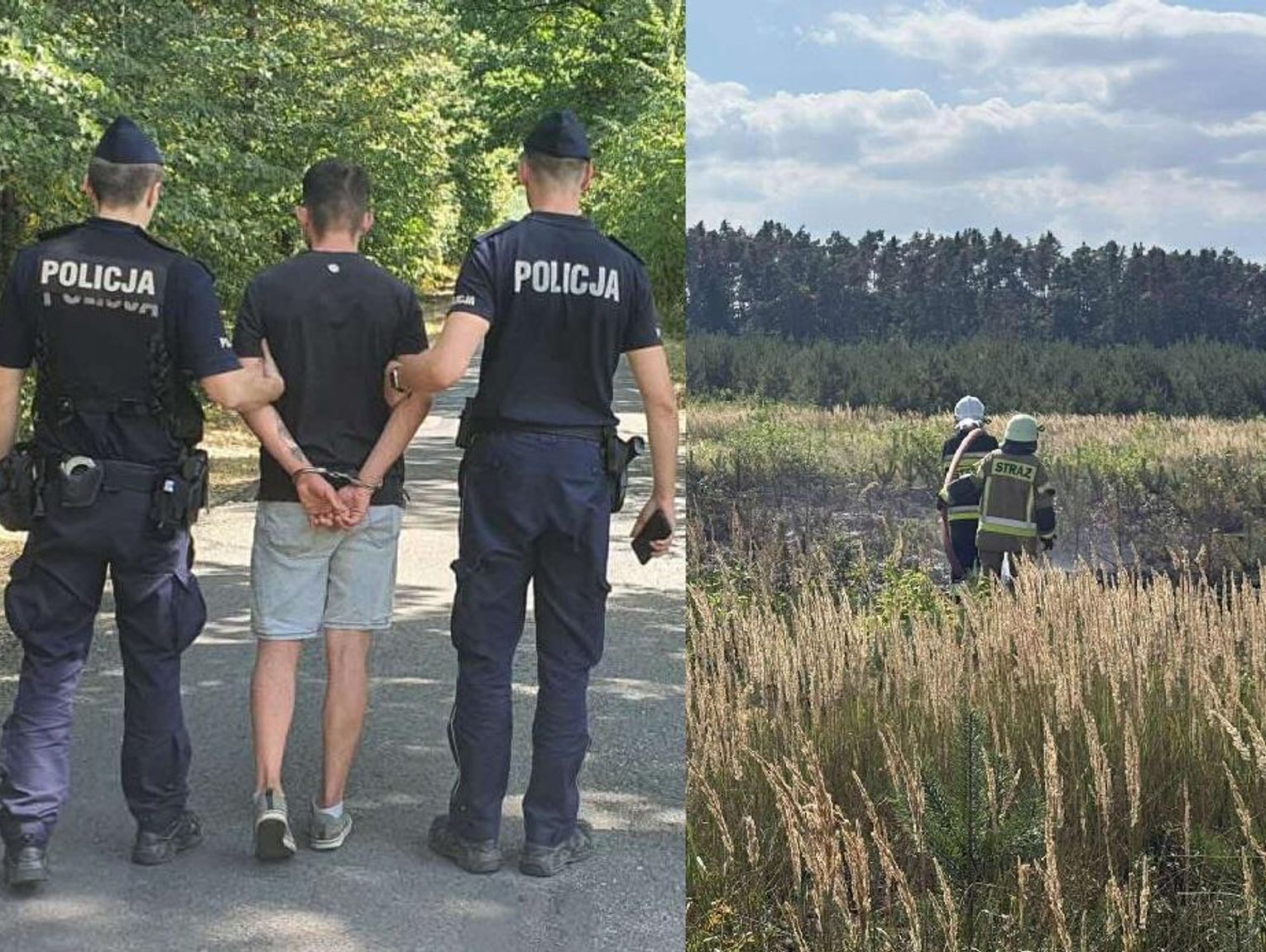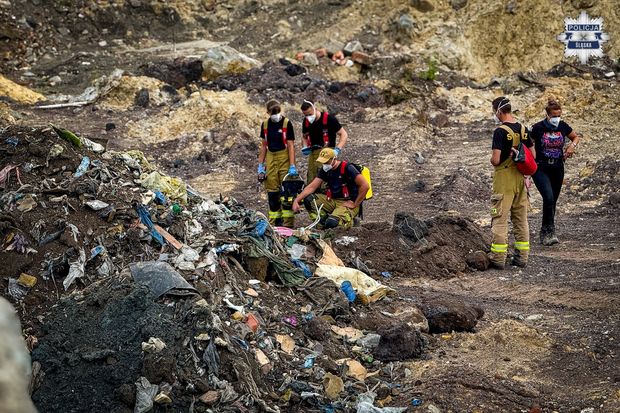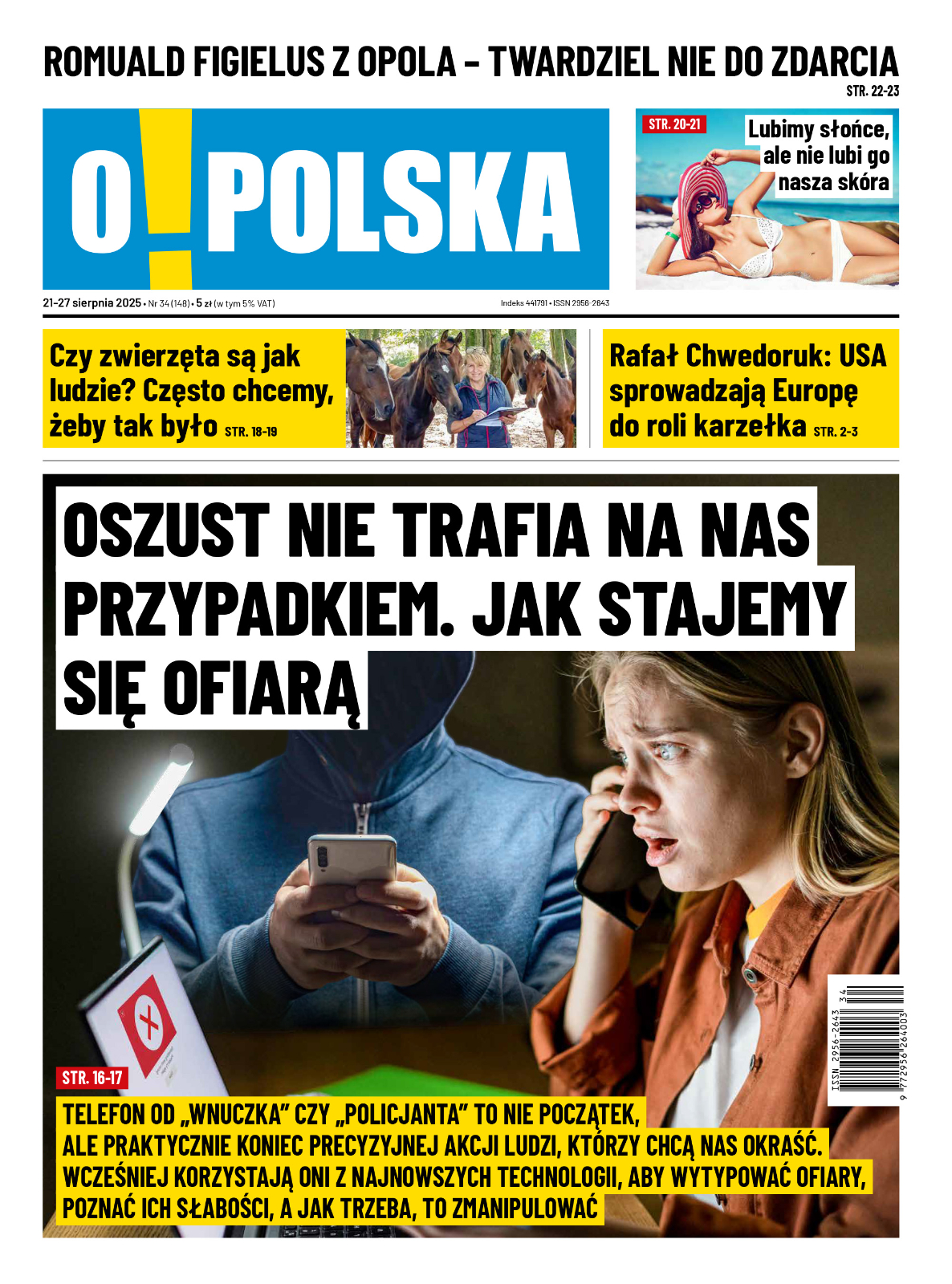Bożena Ratter: Initiated the action “Burza” and implemented its assumptions the longest
date:25 January 2024 Editor: Editorial
On the 80th anniversary of the formation of the 27th Volynian National Army Infantry Division, Mass will be celebrated on 28 January 2024 at 1 p.m. in the Field Department in Warsaw.

Soldiers 27 WDPAK - 2014.
“The refugees started coming to our village, who miraculously got out of the beatings of bandits. The view was terrible. Wounded, mutilated, women and children, struck by various blunt tools, as well as pitchforks and axes. Bandits were armed with ax, stakes, knives. They were accompanied by women, appendixes and even children active in armed robbery and arson.”
This is not a description of Hutu's hunt at Tutsi, it is simply a memory of Władysław Gadzał, ps. “Skowronek”, born in Volyn, who, as a 16-year-old boy, took a military oath to become a soldier of the Kowelski Oblast of the Home Army and then 27 Volynska Division of the AK.
Since March 1943, the CNS-UPA has intensified the extermination of the Polish population, which is threatened by full destruction. Weak self-defense falls under UPA. In order to save the population from destruction, the Home Army ordered the preparation of self-defense in Zasmyki, they form a disciplined squad of self-defense from escaped survivors. The ward is determined to fight to the death to save from the demolition of family, neighbors, fellow countrymen. In the branch there are those who witnessed the “hell”, massacres carried out on their loved ones, frequently young boys and girls whose homes were burned, villages razed to the ground. They leave Zasmyków for the Polish population to the village not yet captured by UPA bandits, to the population hiding in swamps, forests, lockers. They are not always able to make it, they are frequently attacked during evacuation of Poles to Zasmyk. In February 1944, the “Jastrząb” and “Sokół” bars form the core of the “Gromada” group, which formed the legendary 27 Volhyńska Division of National Army Infantry with the “Osnow” group of Włodzimierzy. (Felix Wakes up)
A fragment of John Wiernik's memories:
"In September 1943, I was 3 years old, and we were taken from our property by the guerrillas of the 27th Volynska AK Division already under fire by the bullfighters. With tears and fear, a column of 40 cartmen moved towards Zamyk - sentenced to death or survival. In the forest, the bulldozers took us in three-way fire, who drove straight, the survivor who turned was murdered. So fortunately, we reached Groszówka, where quite a few people gathered from surrounding villages, which were burned and the inhabitants murdered. Everyone was hurt, bloody, children without parents were crying – in 1 word gehenna. The only thing we saw at night was the meadows of burning villages. frequently day or night they came to us barefoot in shirts, injured elders and children telling us how people were massacred, and how they were saved. Those who have survived inactive have a fear in themselves, and the nightmares of the night spread their body.”
Jan Wiernik, suffering from dysentery, in a cattle carriage, at 30 degree freezing arrived with his parent and 4 sisters from Kowla to Włodawa. Without food, “and there was only snow to drink, which my parent dissolved in her hands and drops to her mouth.” In Włodawa, refugees spent 5 days in school on a part of 2x2m floor, and then they were taken to the “empty” village of Korolówka. The home is empty, in the mediate of a pile of snow. Next door, he gave any wood, any potatoes. “We slow recovered, walking on request or working with wealthy hosts. Walercia's oldest sister was plowing, sowing, riding horses. She was the 1 who helped Mamie rise us, a parent who was a housewife on 23 hectares of fertile Volyn land before the war.” In 1947, the village of Korolówka was burned in 70% by UPA bands, the home of the Faithfuls survived, no 1 was murdered.
27 Volynian National Army Infantry Division counted 6.5 1000 soldiers. It formed 2 groups of “Kowel” and “Włodzimier” with a full of 9 infantry battalions, 2 cavalry squadrons, communication sub-divisions, bomb squads, reconnaissance, quartermastership, wellness services, gendarmerie and pastoral services. The 27th WDP AK was the largest guerrilla unit, continuously operating for 7 months as a compact tactical union. She started the action “Burza” and pursued its assumptions for the longest time. She suffered losses of 626 dead, about 400 wounded, 195 taken prisoner, and 1,300 missing. After planet War II, many soldiers were arrested, “judged” and sent into the russian Union. A memorial to the 27th Volhynia Division of National Army Infantry in Warsaw, close the Volhyński Skwer became a memorial to all Poles who suffered a large deal of casualties in defence of their homeland, besides repressed after July 1944.
On January 18, 2024, Prime Minister Stanislaw Jastrzębski, a longtime associate of the Krakow Seniors' Club of Aviation, died, author of many books prepared on the basis of papers about Ukrainian genocide of the Polish population carried out by bandits from OUN UPA. Sam survived the execution of the Polish population in his native village Bybło in 1944.
"The full population of Polish Kresów was to be cut to pieces, according to the resolutions of the Central Board of the CNS of December 1942. Since mid-1943, most Polish villages and colonies have been ravaged. After leaving their homes, refugees lost all their possessions, most frequently the achievements of many generations, which were robbed by local neighbors. The genocide apogee occurred on 11 July 1943, in about 170 Polish villages Ukrainian nationalists Sadistically murdered about 11 1000 people of Polish nationality. frequently people died in the fires of burning houses. Only those who managed to escape or hide under, for example, the pile of dead household members, frequently physically and mentally mutilated, survived. Ukrainian genocidals usually carried out violent rapes on girls and women (sisters, mothers, brides), cut off noses, ears, boys (brothers, sons) were hanged for genitals, infants (genitals) were broken heads in front of mothers, monastic wells were filled with bodies of children who were thrown in there alive. According to a consistent opinion of the surviving witnesses of the murder, the genocidals murdered in ways they read about in chaotic tribes. Survivors from the fire Polish refugees sought refuge in safer towns and villages, where self-defense was rapidly begun“ (Stanisław Jastrzębski - The past of the Polish population in the Southeast Borders and Volyn Land from 1939 to 1946).
Oh, my God.
















